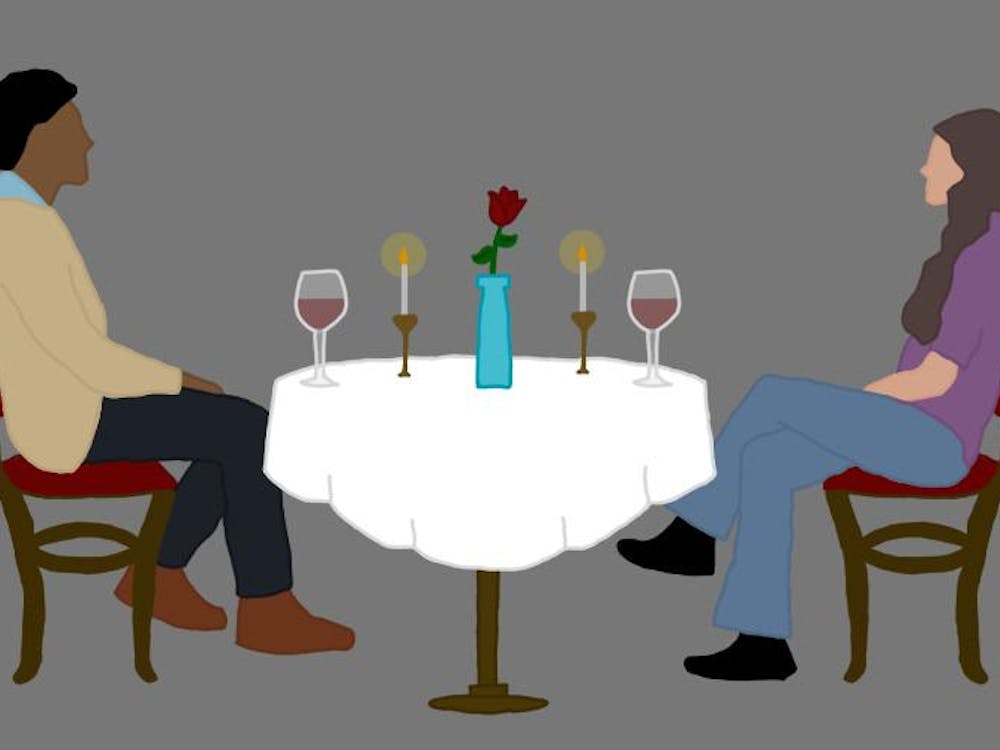Most University students, faculty and community members pass by a museum every day without even noticing it.
Its name is the Virginia Museum of Natural History at the University, and it's one of the University's hidden treasures. Located at 104 Emmet Street, across from the Cavalier Inn, the gallery is home to exhibits, activity rooms and offices. Although it has several qualities of a traditional museum, its main activities include programming and outreach.
"We're more of an education facility than a museum," said Branch Director Dela Alexander.
The Virginia Museum of Natural History, or VMNH. is a statewide system of facilities, museums, educational programs and research centers designed to further the study and preservation of Virginia's natural resources, Alexander said.
The main facility is located in Martinsville, Va., but there is also a branch at Virginia Tech in Blacksburg, Va.
VMNH at the University offers numerous programs for the Charlottesville and neighboring communities such as tours, fieldtrips, workshops, classes and summer programs.
"We do about three classes a week for groups in the Charlottesville area. The classes last about an hour or two", Education Program Coordinator Tim San Jule said.
The museum also rents out KITS -- Kids Investigating Technology and Science. KITS are a collection of teaching materials, videos, and other resources available to teachers, parents, scout groups and other educators. Topics range from bats to electric circuits and solar energy.
While part of the museum's funding comes from the state, it also depends heavily on community donations and grants to operate.
The discovery room, still in the development stages, will be filled with hands-on experiments, science projects and crafts.
In addition, the museum displays interesting exhibits from time to time. The current exhibit, "Exploring Fossils," will run until February. It chronicles the story of how fossils were recorded and displayed before the advent of photography. Several fossils, charts and drawings are included in this particular exhibit, which focuses on fossils found in the eastern North American Costal Plain from Maryland to Alabama. It also features renditions of fossils by paleontologists from the 17th to the early 20th century.
The main facility in Martinsville sent the current exhibit and Dr. Ward Lauck contributed to researching and collecting for it, Alexander said.
It also highlights colorful pictures of the ancient seas by local paleontologist, Jasper Burns.
Although the staff at the museum is relatively small, employees work closely with one another when putting exhibits together. Run primarily by Alexander and San Jule, it also consists of three outreach educators, one work-study student, a fourth-year intern and many volunteers.
Prof. Ervin L. Jordan, Jr., research archivist for Alderman Library and Dr. Gene D. Block, vice president for research and public service, are the faculty members from the University community who sit on the Virginia Museum of Natural History Board of Trustees.
Education School students also volunteer at museum and have the opportunity to create and implement lesson plans.
"We are open to student help and volunteers. We want to be a place where students can gain teaching experience," Alexander said.






